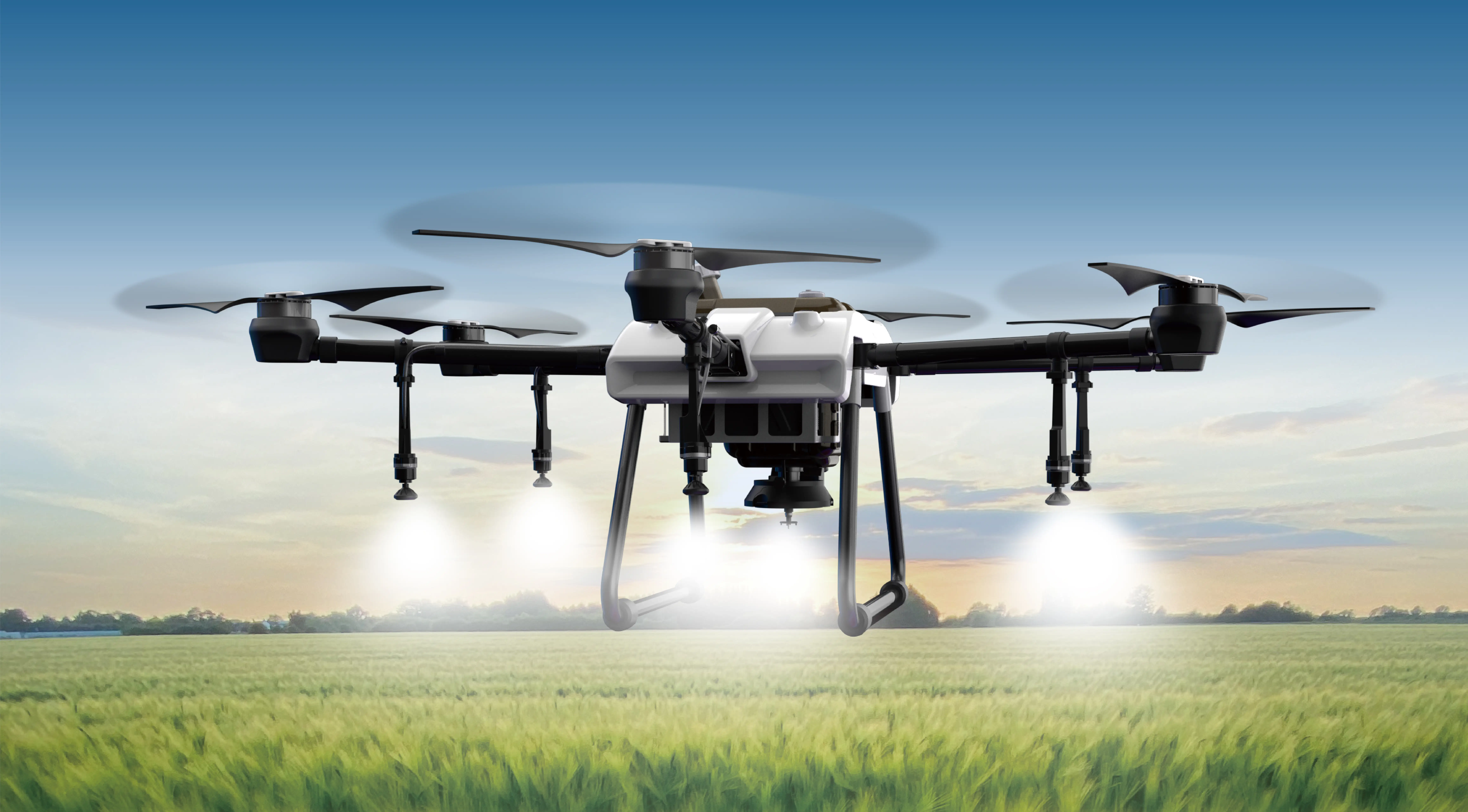Unleashing the Power of Motion: Why Gearboxes for Servo Motors are Game-Changers
Imagine a world where machines move with impeccable precision, seamless agility, and unwavering strength. Behind many of these marvels lies a sophisticated dance of engineering components working in harmony—none more critical than the gearbox in a servo motor system. If you're fascinated by automation, robotics, or simply the art of motion control, understanding the role of gearboxes in servo motors can unlock a new dimension of efficiency, reliability, and performance.

The Heart of Motion Control: What is a Gearbox for Servo Motors?
At its core, a servo motor is a compact, efficient, and highly controllable motor capable of precise positioning and rapid acceleration. But while the servo motor itself is a marvel, it doesn’t always deliver the torque or speed needed for demanding applications. Enter the gearbox—a mechanical device designed to modulate the motor’s output, often multiplying torque and fine-tuning speed to match specific operational requirements.
A gearbox functions as an intermediary, transforming the high-speed, low-torque rotation of the servo motor into a low-speed, high-torque output suitable for applications like robotics joints, CNC machinery, or aerospace systems. Think of it as a translator that takes the motor’s language and amplifies it into a form that's more useful for the task at hand.
Why Do We Need Gearboxes?
The necessity for gearboxes stems from the fundamental principles of mechanics and physics. Motors are optimized to operate efficiently at certain speeds and torque levels, but real-world applications demand a tailored performance profile. For instance:
Precision positioning: Some tasks require extremely fine movements—small adjustments in millimeters—and the gearbox enhances the resolution by reducing speed while increasing torque.
Force amplification: Heavy loads or resistant forces necessitate more torque—gearboxes make this feasible without overloading the servo motor.
Operational flexibility: By adjusting gear ratios, engineers can customize the system for high-speed tasks, high-torque tasks, or a balance of both.
Types of Gearboxes Used in Servo Systems
The technology behind gearboxes varies based on application requirements, size constraints, and desired performance. The most common types include:
Spur Gearboxes: Simple and efficient, ideal for applications where noise isn’t a primary concern. They offer straightforward transmission with moderate gear ratios.
Helical Gearboxes: These offer smoother and quieter operation with higher load capacity, making them suitable for industrial settings.
Planetary Gearboxes: Known for their compactness and high torque capacity, planetary gearboxes distribute load across multiple gears, providing excellent stability, compact design, and high efficiency.
Herringbone and Worm Gearboxes: Used in specialized applications requiring specific torque and speed profiles, these gearboxes add to the versatility available in servo systems.
The Engineering Behind Gearbox Selection
Choosing the right gearbox for a servo motor isn’t a trivial task. It involves a blend of understanding the application's requirements—such as load, speed, precision, and environment—and aligning these with gearbox specifications. Key factors in selection include:
Gear ratio: Defines the degree of speed reduction and torque multiplication. Higher ratios provide more torque but reduce speed, and vice versa.
Efficiency: To maximize energy transfer, high-quality gearboxes with minimal power loss are preferred.
Durability: Operating conditions, like temperature and load cycles, influence material choices and design.
Size and Weight: For applications with space constraints, compact and lightweight gearboxes are vital.
Backlash: The slight gap between gear teeth, influencing precision. Low-backlash gearboxes are preferred in high-accuracy positioning systems.
The Benefits of Integrating Gearboxes with Servo Motors
When combined thoughtfully, gearboxes can dramatically enhance servo motor systems, unlocking various benefits:
Enhanced Precision: Fine-tuned gear ratios improve positioning accuracy, essential in manufacturing and robotics.
Increased Torque Capacity: Gearboxes enable servo motors to handle heavier loads without sacrificing control.
Extended Motor Life: By reducing mechanical stress on the motor, gearboxes contribute to longer system lifespan.
Reduced Vibrations and Noise: Properly selected gearboxes can dampen vibrations, resulting in smoother operation.
Energy Efficiency: High-quality gearboxes minimize energy losses, leading to more sustainable systems.
Looking Ahead: Innovations Shaping Gearbox and Servo Motor Synergy
The landscape of gearboxes for servo systems continues to evolve rapidly. Advancements in materials—like composite gears—are offering lighter, more durable solutions. Integration of smart sensors within gearboxes provides real-time data on load, temperature, and wear, enabling predictive maintenance and reducing downtime.
Additionally, developments in manufacturing technologies like additive manufacturing are promising more complex, customized gear profiles tailored to specific applications. These innovations collectively push the boundaries of what servo gearboxes can achieve, promising an era where motion control becomes more precise, efficient, and adaptable than ever before.
In the next part, we'll explore how these gearboxes are implemented across industries, case studies demonstrating their impact, and future trends that will continue to shape this essential component of modern automation.
Kpower has delivered professional drive system solutions to over 500 enterprise clients globally with products covering various fields such as Smart Home Systems, Automatic Electronics, Robotics, Precision Agriculture, Drones, and Industrial Automation.




































